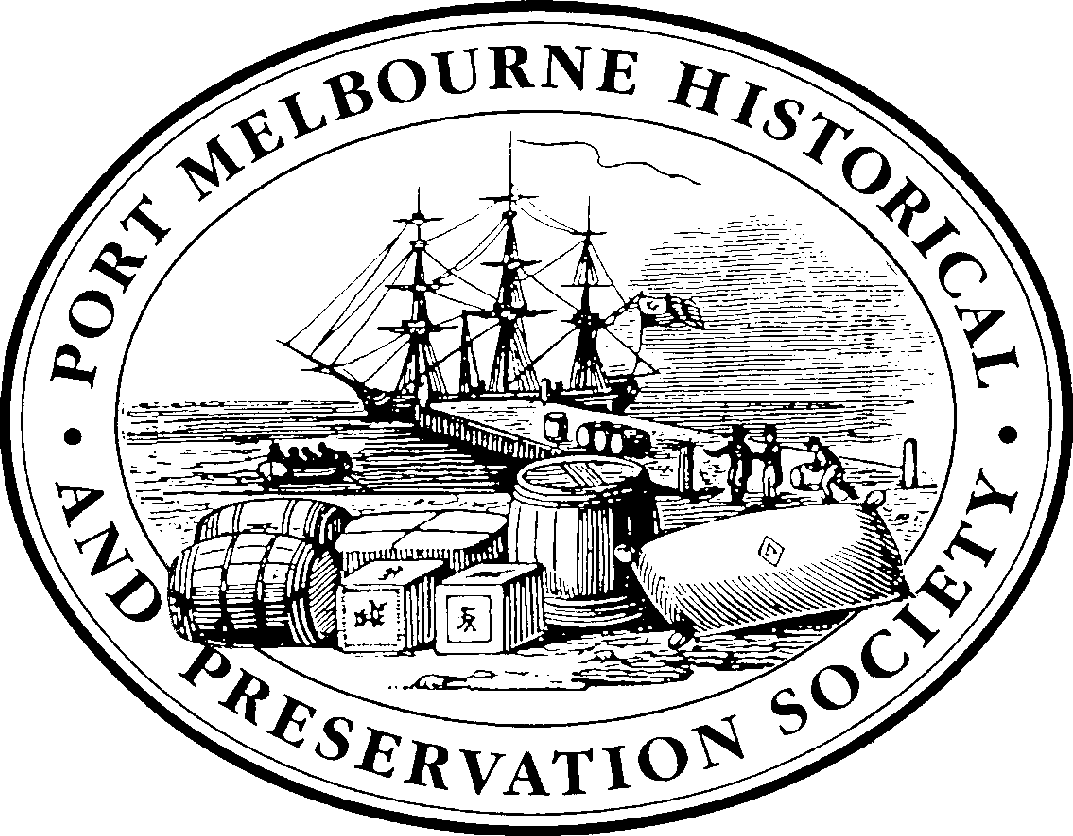by Ray Jelley
The man directly responsible for the existence of the Excelsior Hall was Charles Dillon (at times known as Chas. Dillon Jnr.), the son of Charles Middlemiss Dillon and Catherine née Wallace.[1] The history of the building and the family’s history were inextricably linked.
Excelsior Hall, Bridge Street PMHPS collection
The place to start this journey…
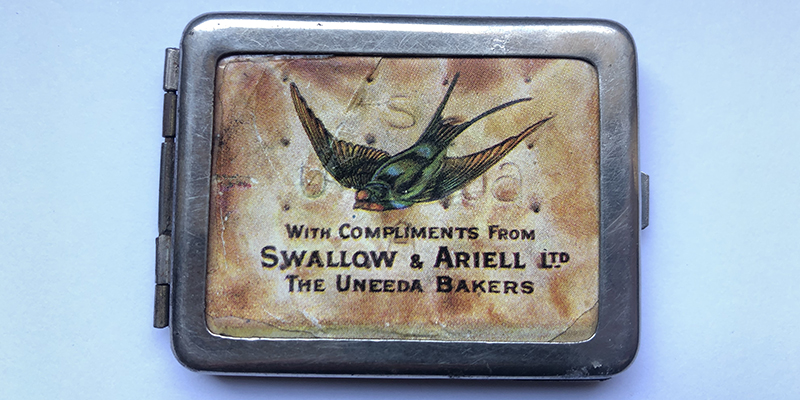
One of the loveliest items in the PMHPS Collection is Cat No 581, a small metal matchbox promoting Swallow and Ariell Ltd.
Swallow & Ariell Ltd promotional matchbox. PMHPS Collection (Cat No 581).
It is only 6cm by 4.3cm with a full coloured paper insert fitted into the lid with a swallow swooping over the words
With Compliments From Swallow &…
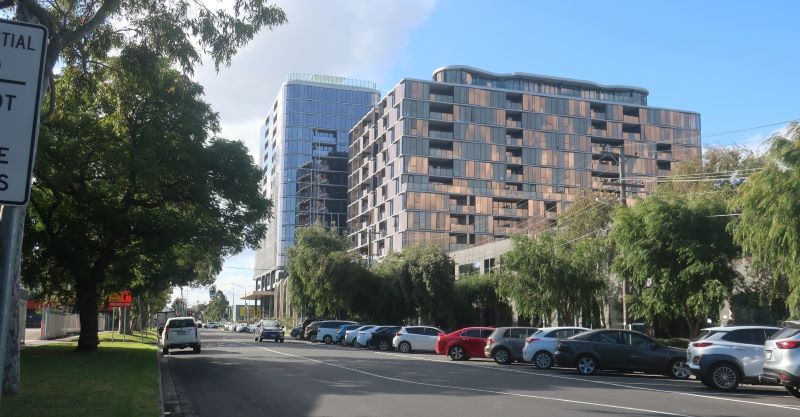
William Henry Prohasky served on the Port Melbourne Council from August 1885 to September 1893. He was Mayor from 1888 to 1889. His fellow councillors include Frederick Poolman, James Ker Beck Plummer, Henry Norval Edwards, Philip Melville Salmon, John Turnbull, and William Richardson Tarver.
He lived at that time at 73 Evans St on the corner of Farrell…
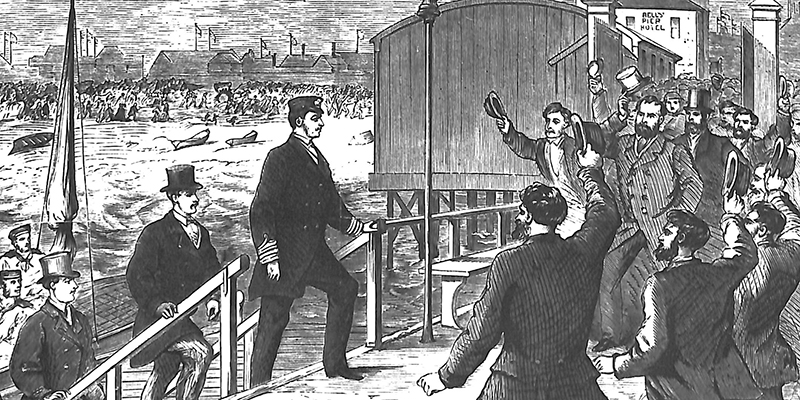
by Margaret Bride
Jetty at Sandridge, State Library of Victoria
For over 100 years Town Pier jutted out to sea from the end of Bay Street an extension of the route from the city of Melbourne to the ships in Port Phillip Bay. This was the site of the first small jetty built by the Liardet family soon after they built…
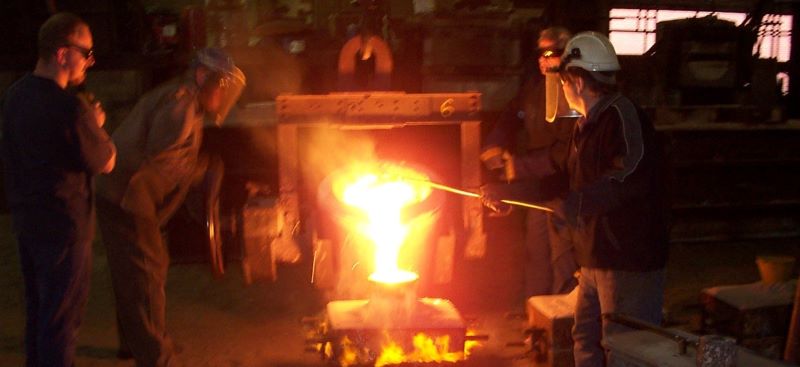
by Jim West and David Radcliffe
The premises of the Port Melbourne Engineering Works, built by Albert T Harman in Derham Street, Port Melbourne in 1902, included a foundry for casting components out of iron and brass.[1] In November 1934, this foundry was purchased by his son, Alfred Henry Harman, and James Robertson and registered as JV Robertson Pty Ltd.…
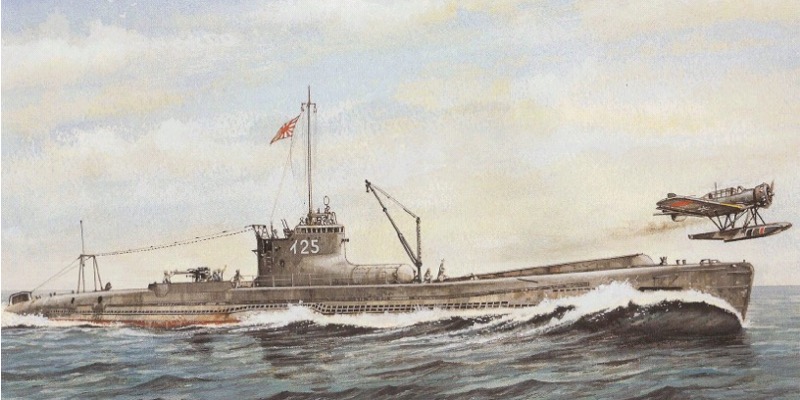
by David Radcliffe
Eighty years ago this month, the Second World War came very close to Port Melbourne. Early in the morning of February 26, 1942, a small float plane, launched from a Japanese submarine, conducted a reconnaissance flight around Port Phillip Bay, observing the port and other facilities.
That morning, Marlene Firman and her younger sister, Gloria, were sound…
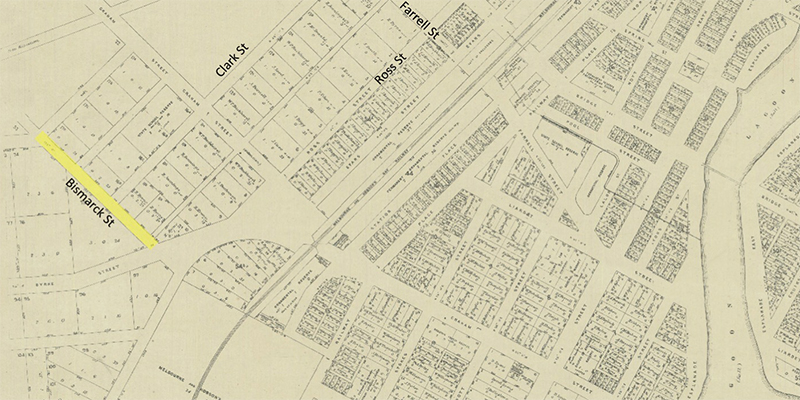
by David Radcliffe
Around Port Melbourne there are streets, like Bain Street, that once existed but have since disappeared. There are many more streets whose name has been changed.
In April 1878, a cluster of intersecting streets in the south-western corner of the rapidly expanding Sandridge were gazetted as shown below.1 One of these was Bismarck Street.
Note the self-referential nature of…
Port Melbourne's beacons, also known as the leading lights, define the centre line of the Port Melbourne Channel. The light was visible for 14 nautical miles. Until superseded by more recent technology, the beacons guided vessels safely to the piers.
In 1923 once the new Railway Pier, later Princes Pier, was fully operational, the Melbourne Harbor Trust wrote to…
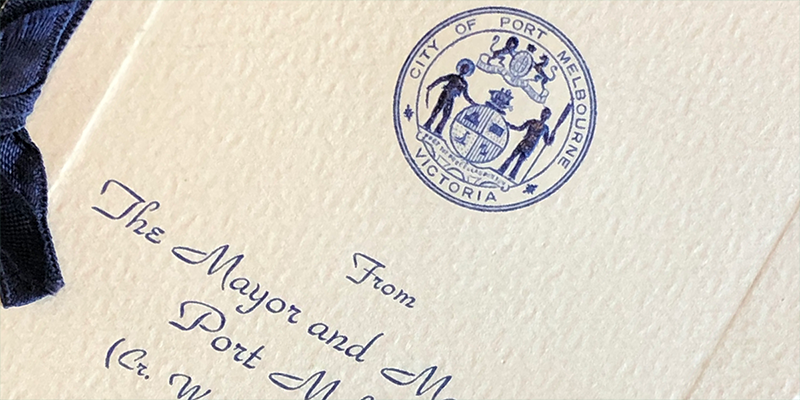
As the ubiquitous adoption of electronic mail and text messages on smart devices has become the norm for our daily communications the practice of exchanging Christmas cards has declined enormously.
It doesn't seem that long ago that mantlepieces, sideboards, desks and even office windows were crowded with festive cards. People sent cards to their friends and family, businesses to their important…
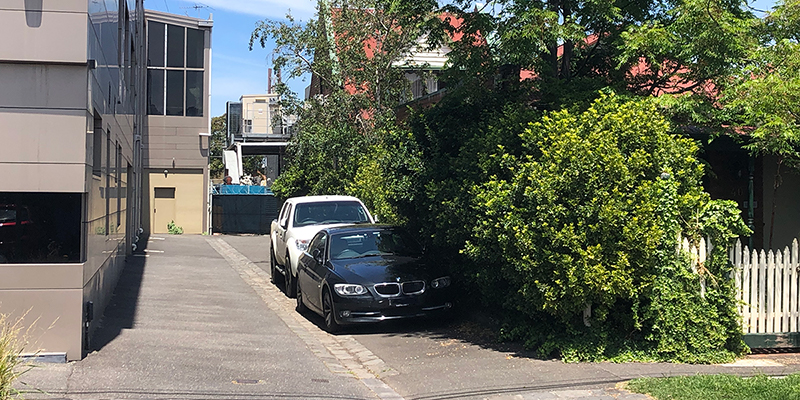
Surely such a grandly named boulevard would be one of the more prominent streets in Port Melbourne. Nothing could be further from the truth.
Barkly Avenue is a short laneway off Garton Street, tucked in behind Crockford Street.
It is named in honour of Sir Henry Barkly who was Governor of Victoria when the Borough of Sandridge gained separation from…
